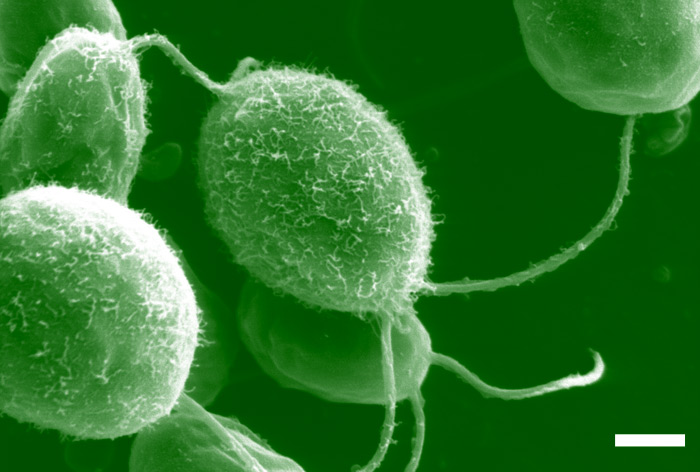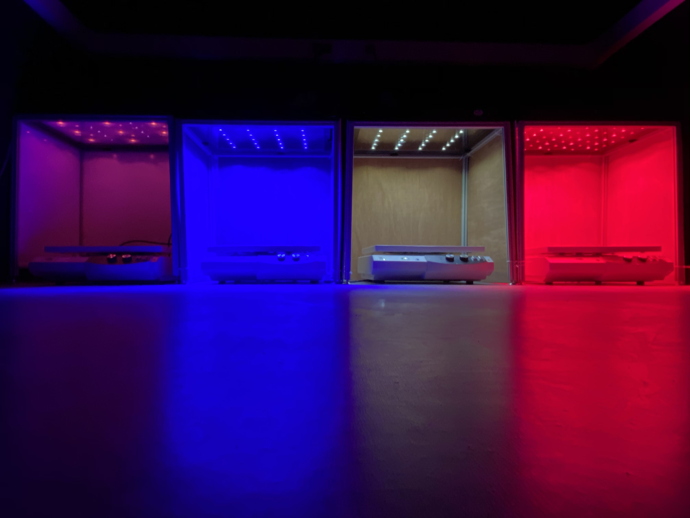Answering the question of the origin of life on Earth is today becoming a real scientific question that can be addressed thanks to recent progress in several fields. This quest is a subject of research at the crossroads of many disciplines (chemistry, biology, planetology, astrophysics, geology, paleontology...). Grenoble brings together a large community of researchers in these disciplines working together to make major scientific advances on the emergence of life on Earth and the search for extraterrestrial life(s).
The IDEX funding will allow the
Origin of Life project community to crystallize around strong interdisciplinary themes. Its objective is to enable Grenoble to become a key centre in this field at the European level and to be a stepping-stone for the future.
It is in this context that a team from the Cell & Plant Physiology laboratory is involved.
Within the PCV laboratory, this IDEX project is already a reality since it finances Yizhong YUAN's PhD under the direction of Dimitris Petroutsos and the co-direction of Olivier Bastien. The objective of this PhD work is to better understand the impact of light quality on the physiology, metabolism and gene expression of green algae such as the
Chlamydomonas reinhardtii model.

Scanning electron microscope image of the alga
Chlamydomonas reinhardtii.
[
source]
Light, which is a source of energy, information and possibly stress for living organisms, is a source of energy for the whole Universe. One of the questions Dimitris Petroutsos and his team are asking themselves is how photosynthetic microalgae adapt to light radiation.
Their study therefore focuses on the effect of the coloured components of visible light (400 to 750 nm) on the regulation of the metabolism of these micro-algae, with an emphasis on the mechanisms of accumulation of starch, one of the most abundant polysaccharides on Earth.
Moreover, researchers will study how green algae can cope with extraterrestrial radiation (enriched in the far-red part of the light spectrum) when it reaches the surface of planets orbiting red dwarfs, stars representing three-quarters of the stars in the Milky Way. What about infrared wavelengths, since these stars are up to ten times less massive than our Sun and their emission spectrum is enriched in the infrared wavelengths and depleted in the visible and blue?
To do this, the research team will expose microalgae to different intensities of light up to 950 nm and study their reactions at the level of physiology, metabolism and gene expression.
The answers to this work will help us understand whether and how a photosynthetic organism adapted to life on Earth could survive and adapt to this exotic extraterrestrial light spectrum.

Left to right: LED pannels far-red, blue, white, red..